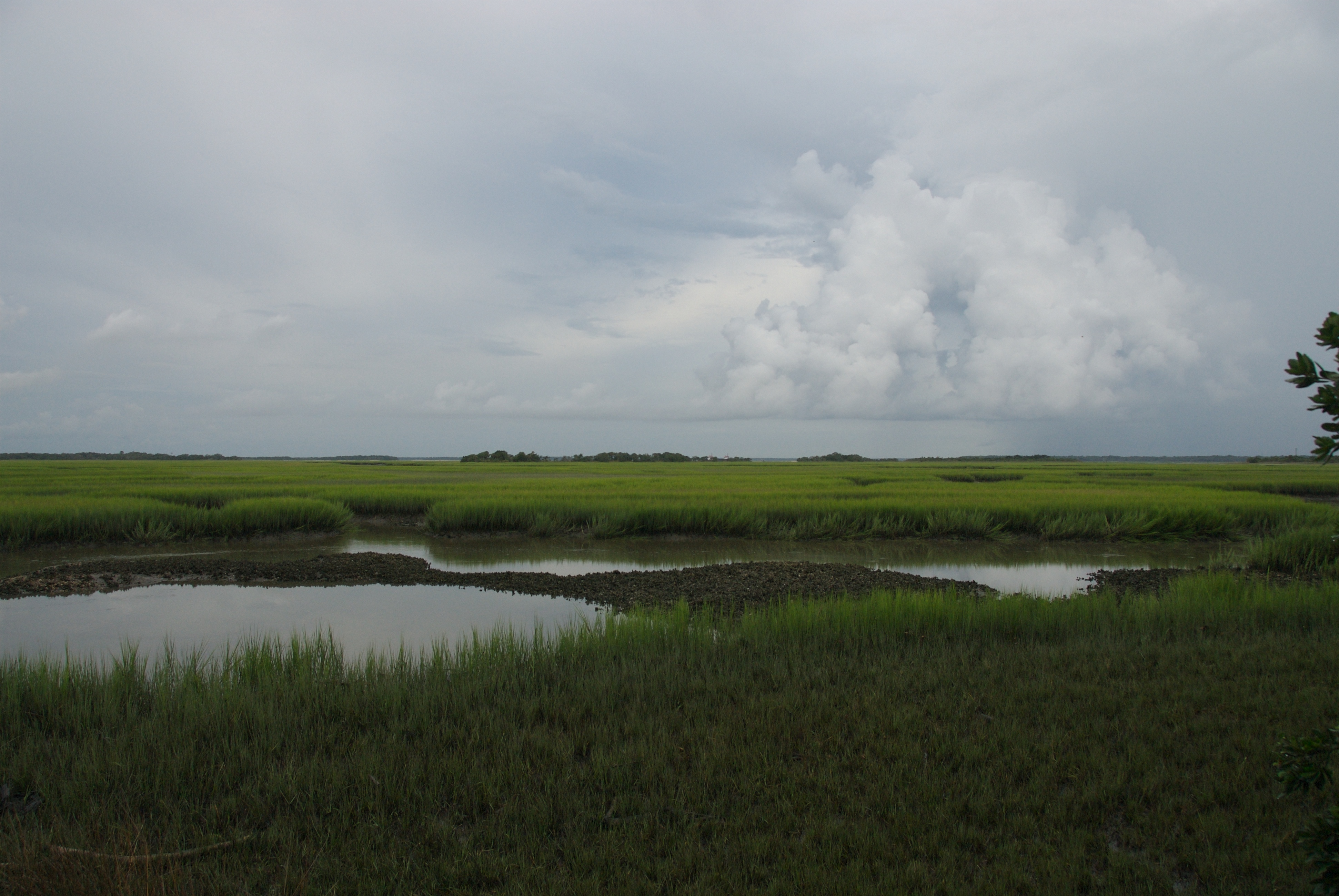By: Cecilia Moore

Georgia’s Environmental Protection Division (EPD) issued a memorandum this past April that dramatically altered how Georgia’s 1975 Erosion and Sedimentation Act (E&S Act) is implemented. This Act has mandated a 25-foot buffer of vegetation between construction projects and Georgia’s state waters for nearly 40 years. However, the EPD’s April directive made it so that the buffer could be ignored under a certain set of circumstances and building could specifically begin along Georgia’s marshes.
On July 16, 2014, the Georgia Court of Appeals ruled that the “Erosion and Sedimentation Act mandates a buffer for ‘all state waters,’” regardless of loopholes, thus nullifying the EPD’s directive. While this ruling is beneficial in the interim by halting immediate development plans within the buffer zone, the Georgia General Assembly will need to pass legislation in their next session that fixes the E&S Act’s weaknesses. This is necessary in order to insure the future health of the state’s prized wetlands.
The E&S Act was enacted to protect waterways from sediment erosion and other pollutants by enforcing a buffer zone along all state waters’ shorelines. The E&S Act, though exemplary in its efforts to protect Georgia’s state waters, contains an enormous oversight. The discrepancy lies in the bill’s guidelines for determining the beginning of a buffer zone. The bill originally called for a buffer to begin “at the point of ‘wrested vegetation.’” Wrested vegetation is plant life that has been twisted or torn from its roots by moving water. This is often clearly seen along fast flowing waterways. However, in marshes water moves more slowly, and so the marsh grasses are able to stand upright in the water. As a result, most marshes have little wrested vegetation.
The E&S Act’s authors intended for the marshes to be protected, and so past directors of the EPD, which oversees the local coastal agencies that implement the Act’s guidelines, have issued directives to clarify where marsh buffers should commence. Former Director Carol Couch issued one of the most influential directives in 2004. In this directive, Couch used the 1970 Georgia Coastal Marshland Protection Act, which defined marshland as coastal land areas that contain marsh plants, as a foundation for enforcement. Where the presences of marsh plants end, Couch ordered, is where the 25-foot deep buffer zone should begin.
This directive was used to determine marsh buffers for the last decade. But on Earth Day this past April, current EPD Director Judson Turner issued a directive that “supersedes the July 8, 2004 memorandum from Director Carol Couch.” On “Buffers along Coastal Tidal Creeks,” Turner wrote, “buffer determination is not dependent on the type of vegetation present, only on whether there is a bank to state waters and wrested vegetation.” And for “Buffers to Saltwater Marshes,” he stated, “Henceforth, in accordance with the language of the E&S Act, buffers along saltwater marsh boundaries exist only if the vegetation is clearly wrested by stream flow or wave action. Buffer determinations under the E&S Act will no longer be based on the CRD’s [Coastal Resources Division] jurisdiction line…” As a result, most marshland will not require protective buffers anymore.
To say that the EPD’s April directive merely ‘upset’ Georgia’s environmental and coastal communities would be a gross understatement. Almost immediately after the directive was issued, many environmental groups around the state including the Southern Environmental Law Center, Green Law, the Georgia Conservancy, and 100 Miles voiced their dismay over the change in guidelines. And in response, many local governments, including St. Mary’s and Tybee Island, have already passed or have begun looking into passing local ordinances that re-instate the marsh buffers.
This adamant protection of Georgia’s wetlands is for good reason. As is written in At Home with Wetlands- A Landowner’s Guide, a publication produced by the University of Washington’s Department of Ecology:
“A century ago the president of the American Health Association promoted the idea of a national campaign to eliminate wetlands. Today, scientists recognize the environmental benefits that wetlands provide, and they are now alerting us to the importance of preserving rather than eliminating our wetland resources.”
As we now know, wetlands provide many priceless ecological services including water purification, flood protection, shoreline stabilization, groundwater recharge, and fish and wildlife habitat. Additionally, they are an important part of the tourism and recreational fishing industries.
Due to the numerous ecological and economic benefits wetlands provide, it is critical that they are protected. Buffer zones along the marshes are crucial to their protection, because they keep these priceless ecosystems healthy. During construction projects, sediments can be easily washed off the site and into adjoining waterways. Buffers trap these eroding sediments so that they don’t clog up the marshes’ natural filtration systems. Vegetative buffers also protect the marshes from pollutants that come with human development, such as fertilizers and pesticides, and they reduce wetland erosion.
Though the July court ruling has invalidated the EPD’s directive, the Georgia Legislature must now pass legislation during the 2015 session that permanently protects its coastal, as is recommended by numerous environmental organizations and the Coastal Advisory Council (CAC). On May 23, 2014, the CAC, which is an advisory board to the Georgia Department of Natural Resources, issued a letter to the department. In this letter, the council insisted that the department draft stronger legislation than the E&C Act, as they were “stunned when the EPD announced that it had decided to reconsider the long-established interpretation of E&S…which would eliminate nearly all buffers along coastal marshes in Georgia.”
Director Judson Turner said that he issued the directive, because the buffers had caused too many complications with recent development projects. Enforcement has been a cause for concern since the E&S Act was passed. The E&S Act requires buffers on all waterways, but it doesn’t provide the EPD with clear-cut guidance on how to do so if there is no presence of wrested vegetation. “If this wrested vegetation language doesn’t perform like we want on the coast,” Turner said, “if it isn’t protective, the way to fix it isn’t a memo, we need legislative attention.” The EPD’s Earth Day directive has baffled the coastal and environmental communities and has possibly brought on more controversy than the director expected. Regardless, it is time to take this advice and support legislation to permanently protect our coastal waterways.
Georgian author Sydney Lanier on the beauty of Georgia’s coast:
… Look how the grace of the sea doth go
About and about through the intricate channels that flow
Here and there,
Everywhere,
Till his waters have flooded the uttermost creeks and the low-lying lanes,
And the marsh is meshed with a million veins…
the marvellous marshes of Glynn…
– “The Marshes of Glynn” (1878)


